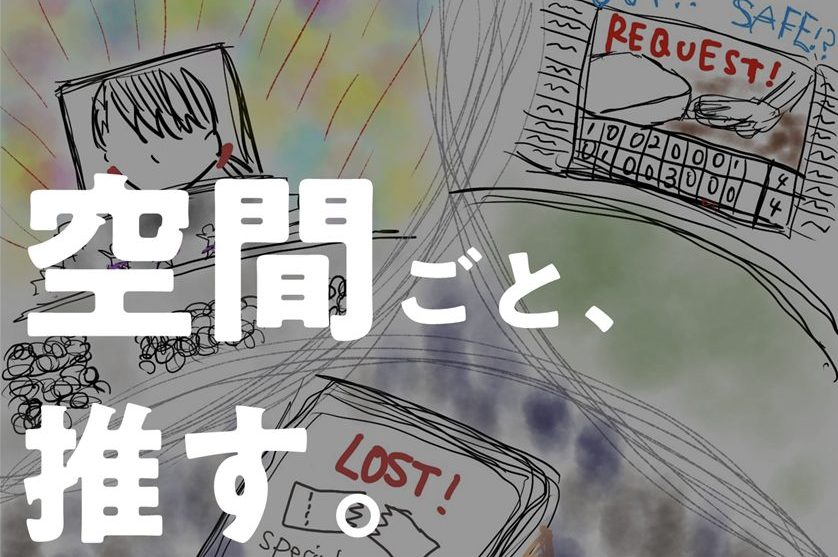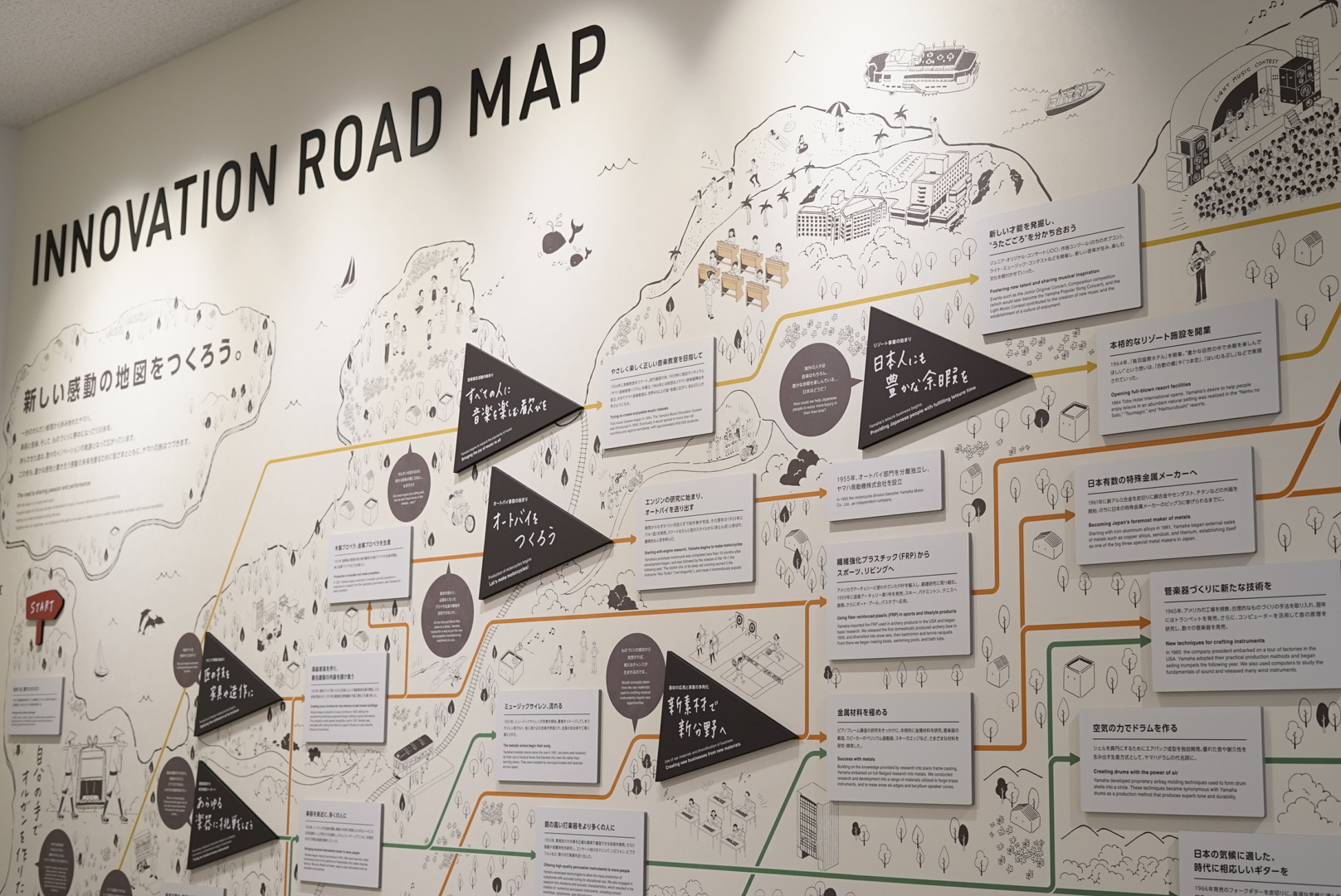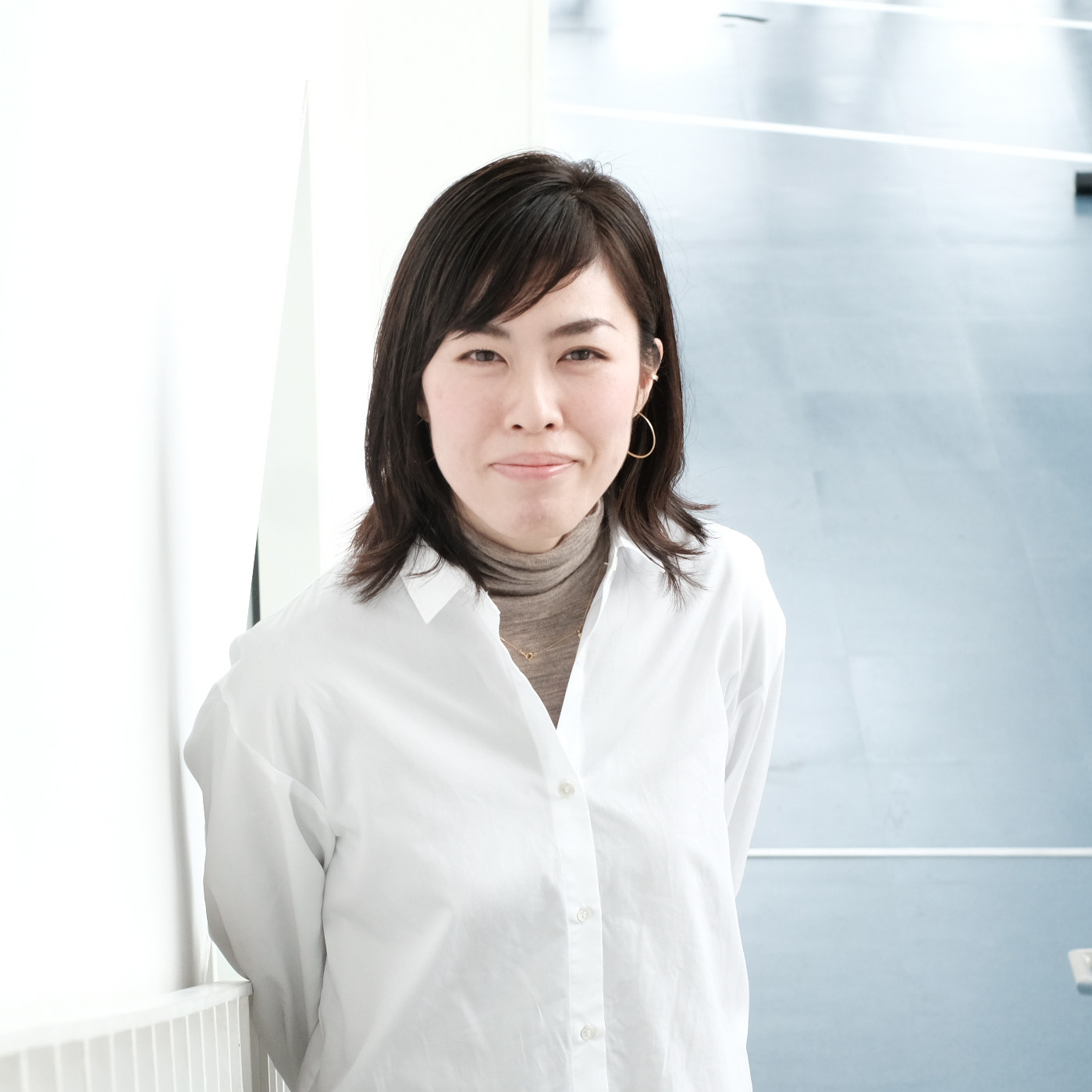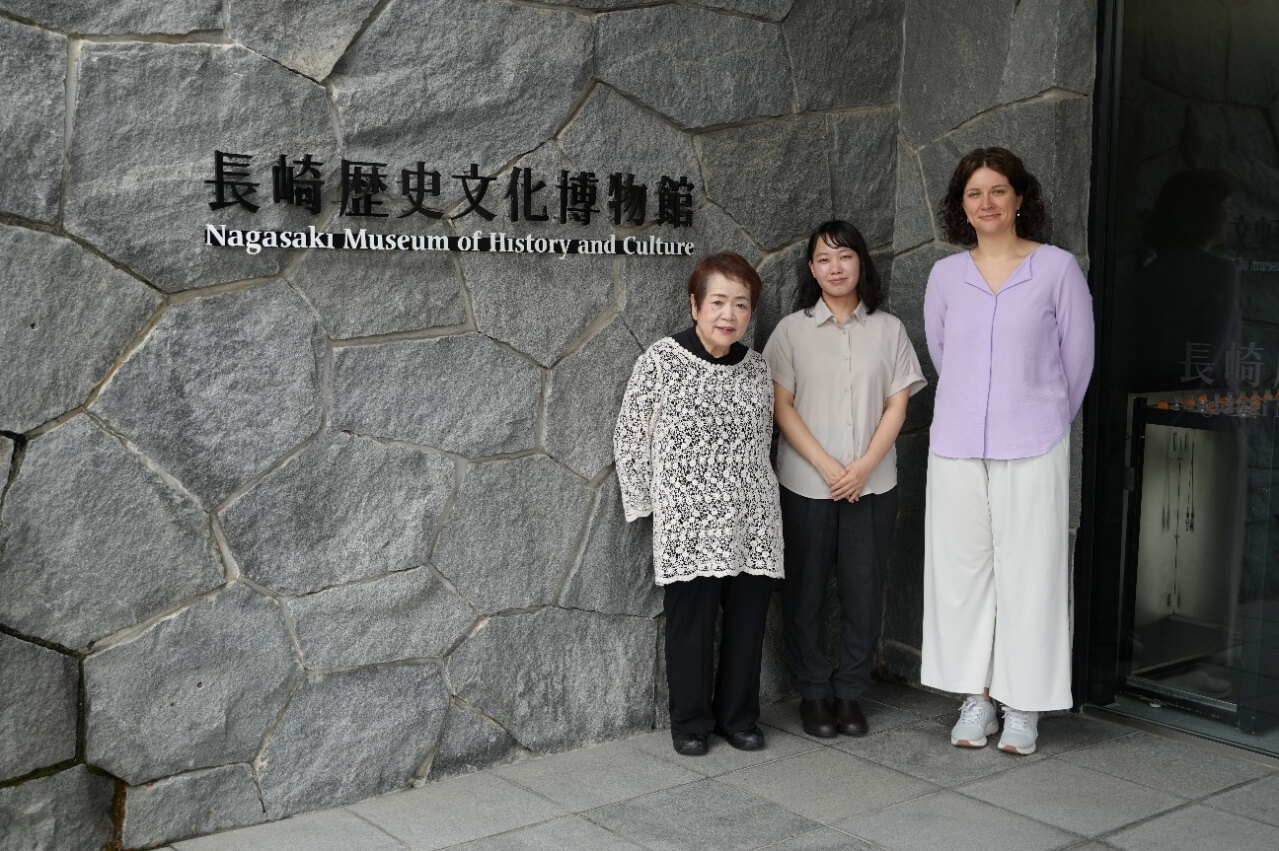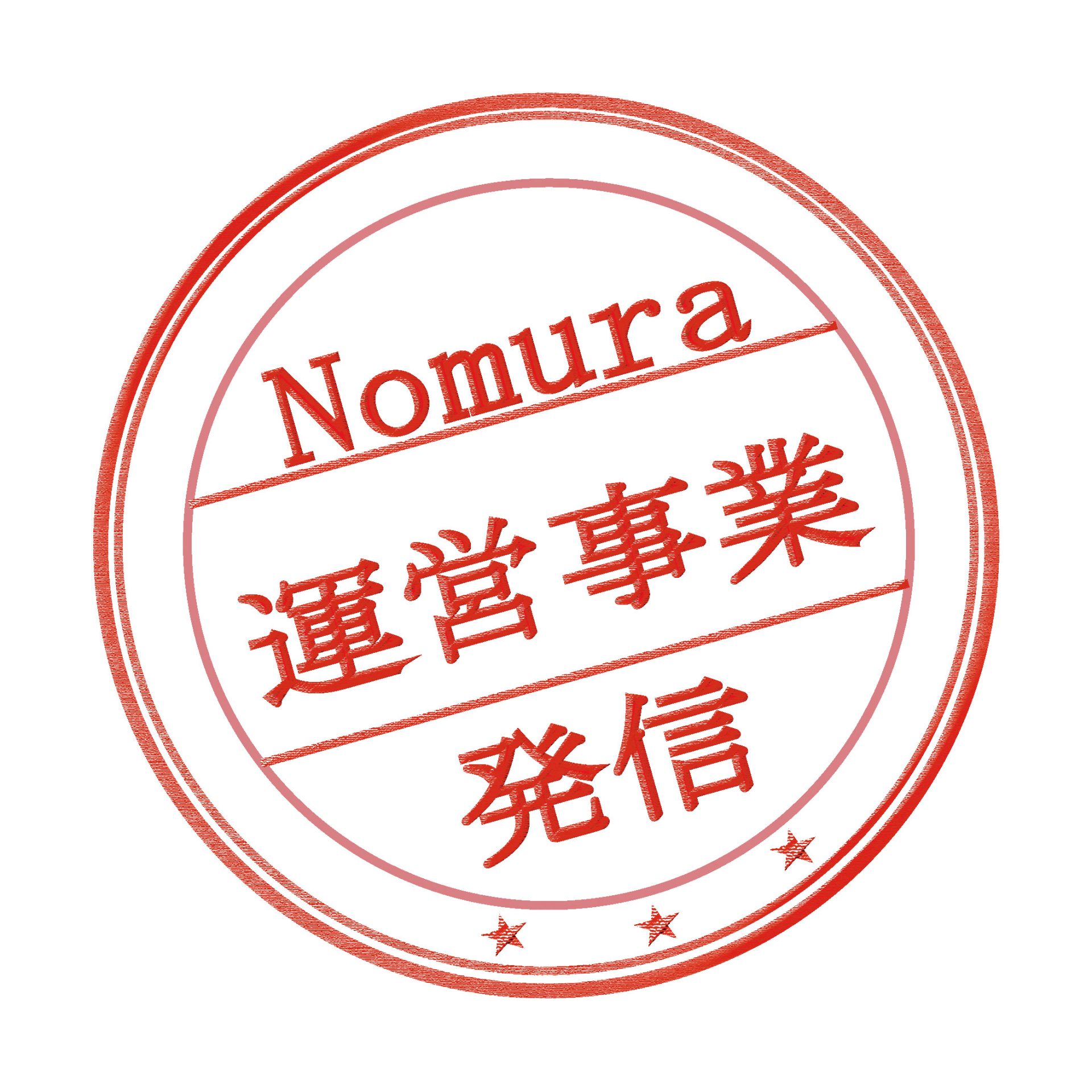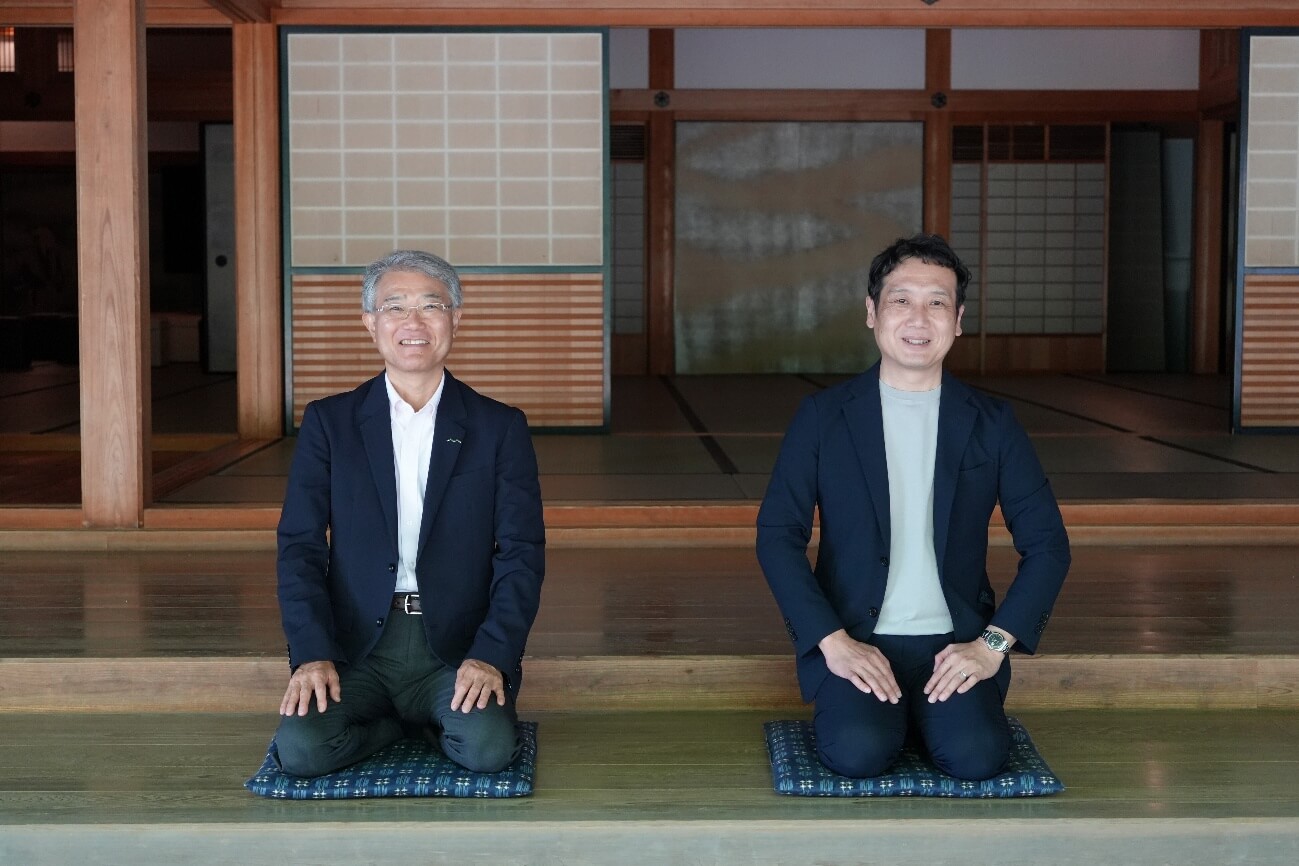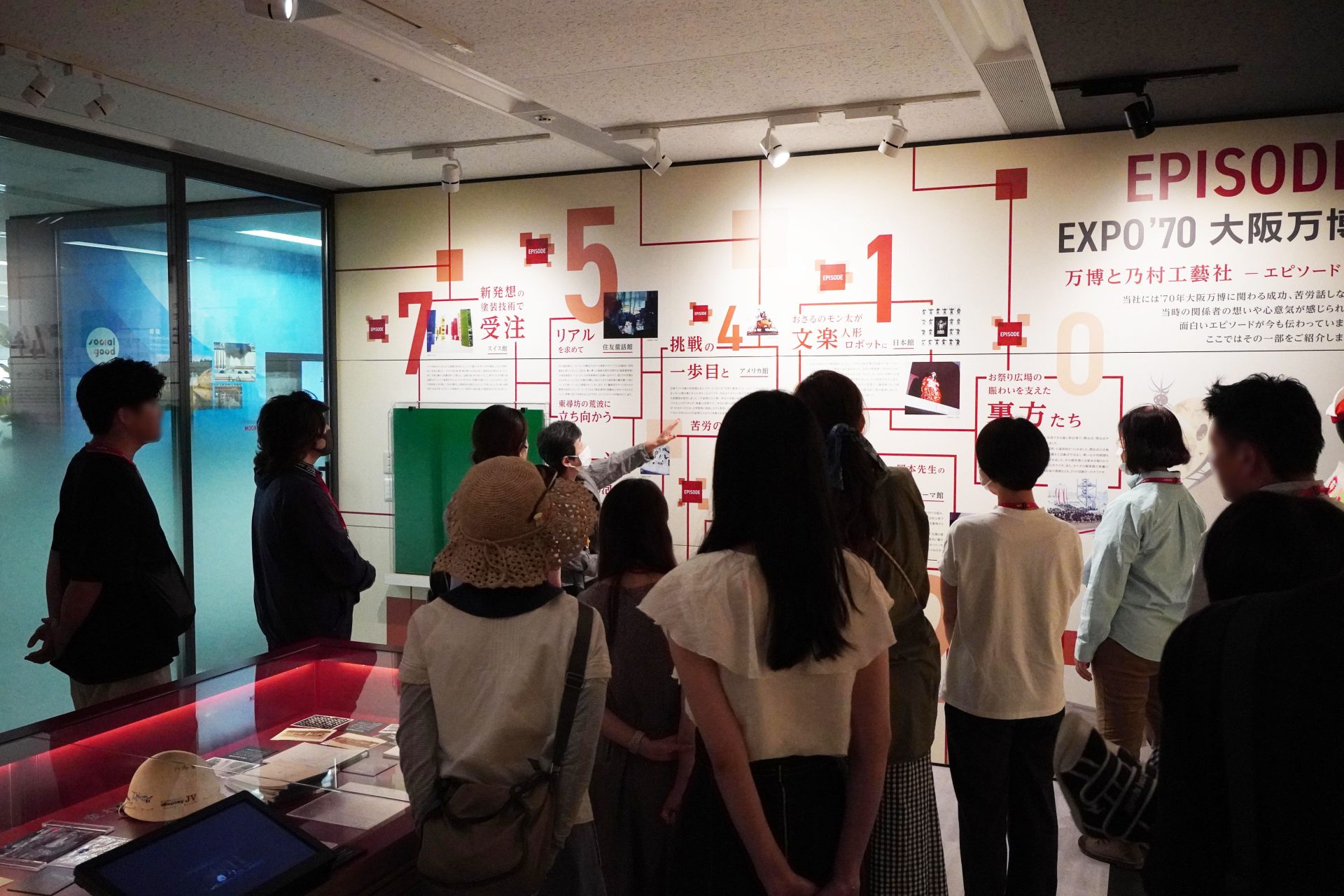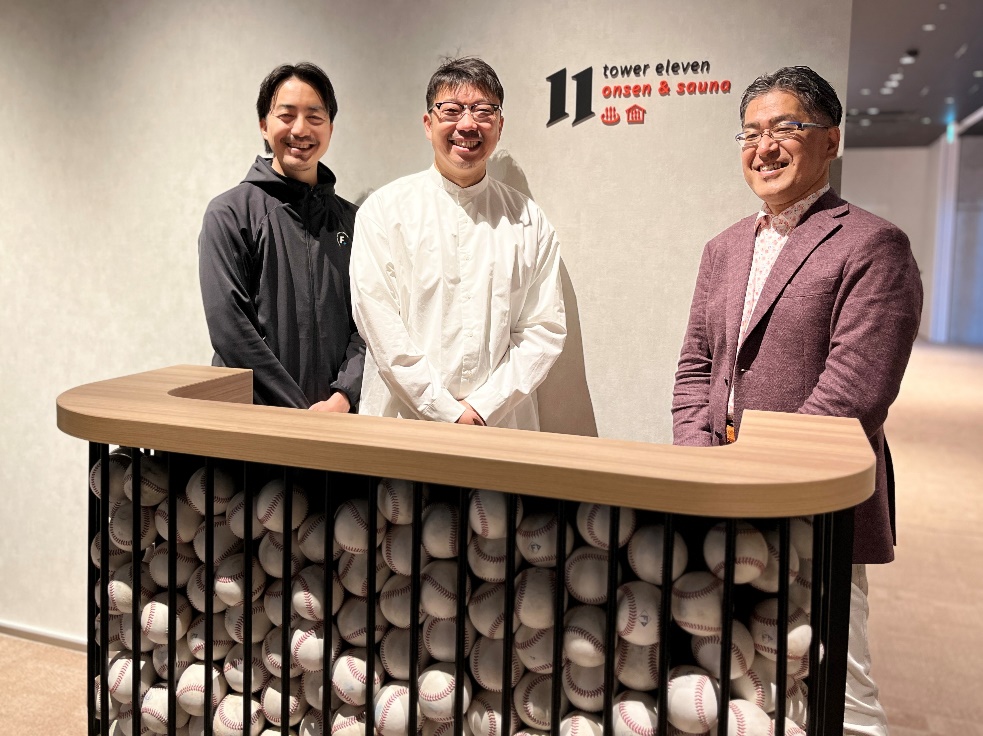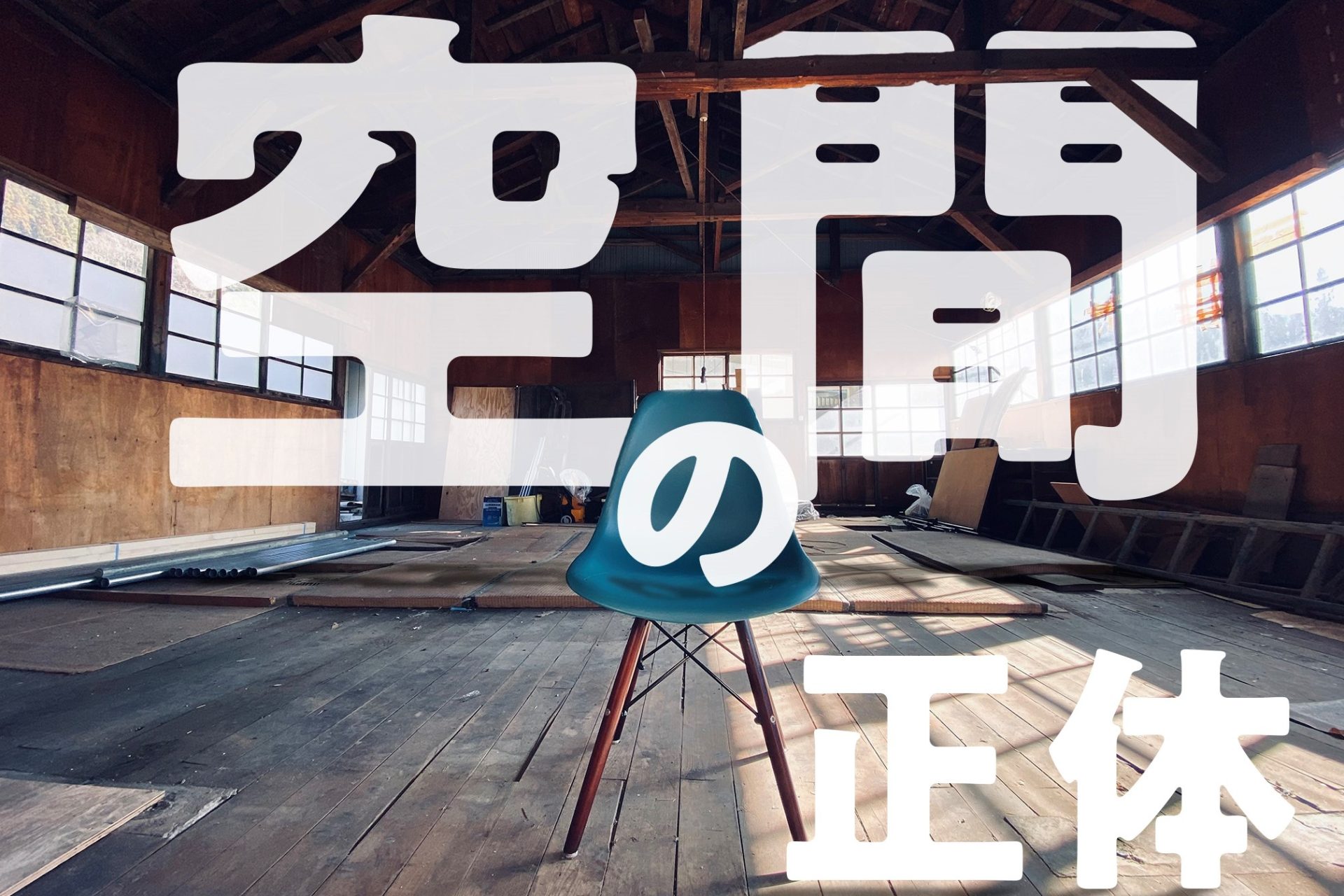
The true nature of “space” -What are we creating?
2022/03/16- text and edit by
- Kenta Masubuchi
the word "space"
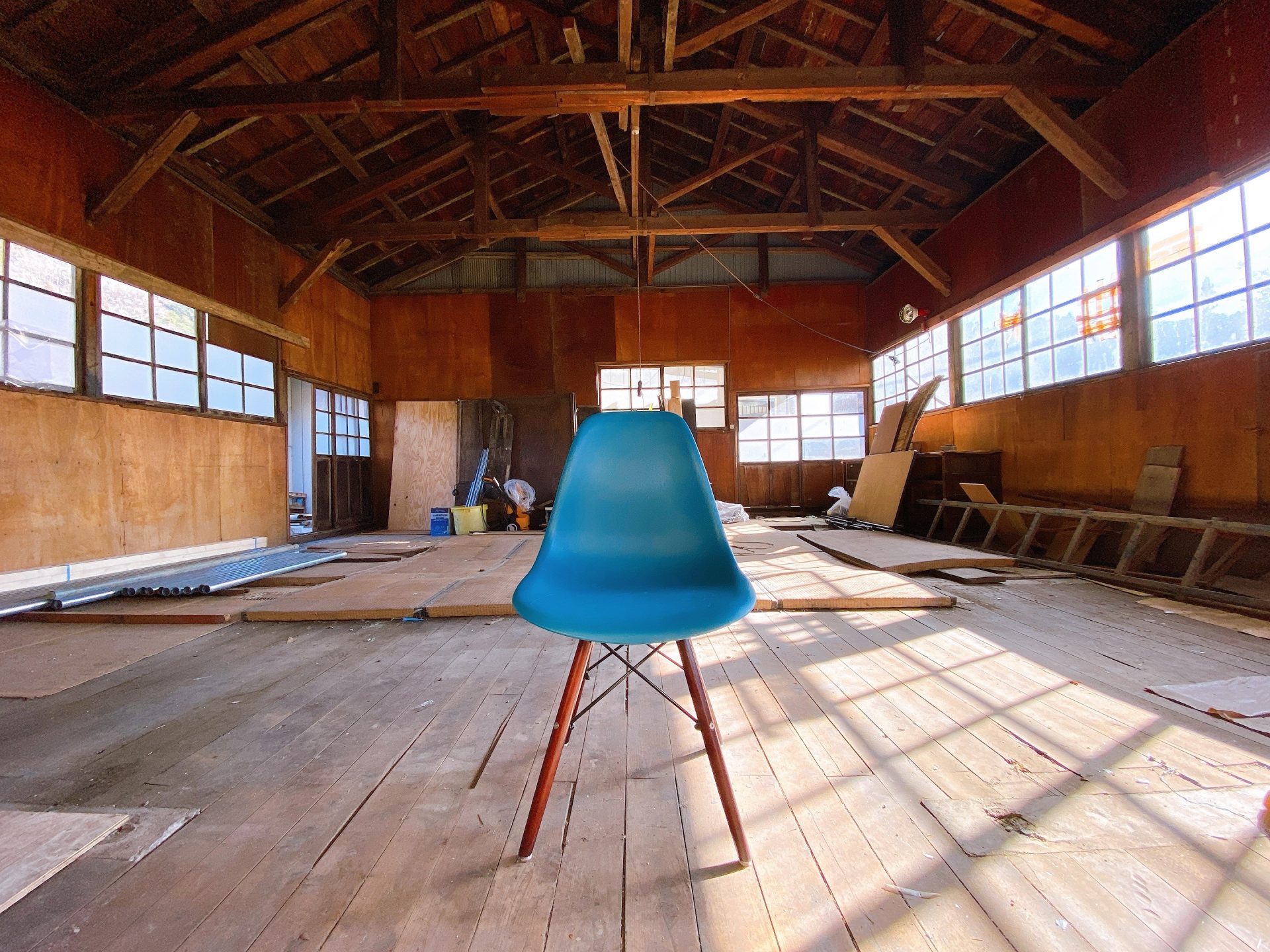
“This is a nice space, isn’t it?” “It’s an empty space.”
I think that we usually use the word “space” quite naturally.
However, if you were asked to explain the "space" itself, wouldn't it be unexpectedly difficult or difficult to put into words?
NOMURA Co., Ltd., Ltd. has a history of over 130 years of creating and revitalizing such spaces.
Employees use the word "space" on a daily basis, understand it as a matter of course, and share the same image with each other, but when asked about it they may find it difficult to explain.
What is "space"? What is its definition? What is its concept?
This time, I would like to explore the true nature of this "space" based on my own experiences and perspective as a planner at NOMURA Co., Ltd., who deals with "space."
What is "space"? Let's explore the definition of "space"
I looked it up in the dictionary
As far as considering words, the first thing to do is a dictionary.
The word "space" has various meanings in various fields, but as a general term,
Kuu-Kan [Space]
1. A fairly large area where no objects exist. vacant place. "In the building district-"
*From Kojien 4th Edition, Iwanami Shoten
There was.
Roughly speaking, it means "where there is nothing".
If you think about it, the phrase "empty space" at the beginning was actually the same wordy expression as "my headache hurts".
Create a place where there is nothing
 ↑ NOMURA Co., Ltd. office "RE/SP2 (Reset Space 2)"
↑ NOMURA Co., Ltd. office "RE/SP2 (Reset Space 2)"
Indeed, it can be said that the part called "space" itself has "nothing".
Looking back, what we are actually constructing is the so-called "interior" or "interior" such as floors, walls, ceilings, furniture, fixtures, etc., which have mass and shape. It can be said that "space" is created by "indirect composition" using such things.
In other words, you are "creating a space", but you are not "constructing a space".
Familiar "where there is nothing"
Let's step away from the architectural interior realm for a moment.
When I thought about this "place where there is nothing", I suddenly remembered the beginning of the book "Reading the Body" by Takeshi Yoro, who was introduced as a senior at my alma mater when I was in junior high and high school.
"Dissect the mouth and anus"
Suppose you gave a student a corpse and asked a question like this. what will happen.
Of course you can't do an autopsy. This is because the mouth and anus have no substance.
(Omitted)
It is true that there is something there, but now,
"Just take it out"
If you say that, you may think again.
* "Reading the Body" Takeshi Yoro: Chikuma Shinsho
By the way, anatomy uses the term "lips" instead of "mouth".
This is very similar to the relationship between "space" and "interior".
It is true that there is something there, but in reality there is nothing there.
This seems to be close to the concept of "space".
Case study considering the concept of "space"
Now that I have vaguely reviewed the definition of “space,” I would like to delve a little deeper into the concept of “space” through some examples and verifications.
Getting hints about "space" from other fields
In the world, there are things like "Kanazuchi" and "Tonkachi" that refer to the same or similar things but are called differently in different places.
I think one of the reasons for this is that even if the same thing is used, the situations and people who use it are different. When comparing these two different viewpoints, there is something that can be seen.
One example of this in “space” is the concept of “probability” in the field of ceramic art.

Image provided by: Yukiko Mori (ceramic artist) https://www.instagram.com/yukiko_mori.ceramic_works/
↑ A friend who told me about this "prospect". She is a wonderful writer who I also love.
"Position" is a word that refers to the inner part of a vessel, where food and drink are placed.
It can be said that
it is a place that becomes the “use itself” of the vessel.
What is interesting is that even though it is the same wall part of the vessel, the outer part is called "torso" and "waist", which are completely different names.
In the world of pottery, it seems that the inside and outside are clearly distinguished by the vessel.
There seems to be a theory about the origin of the word "prospect", but in the digital daijisen it is written that "when you look at the tea bowl at a tea ceremony, you first look into the inside".
In other words, in this case, "human behavior" rather than the state of things is the origin of the name.
Where does "space" begin and end?
Now, let's move away from definitions and words a little and think about the extent to which we actually recognize "this is space."
 Q: How far do you think "space" is?
Q: How far do you think "space" is?
How far does “space” mean to you?
It's pretty difficult when you look at it like that. It probably becomes suspicious from around ③ to ④, and opinions may be divided among people.
By the way, personally, I thought, "This might be all 'space'."
The reason for this is that the “real nature of 'space'” that I came up with in the story so far made me think so.
The identity of "space" that I think
“Space” should be there, not
Looking at the concept of "space" from various angles this time, various ways of thinking have emerged.
There were various viewpoints, but when I looked back, I realized that it is an indispensable existence in capturing "space".
It is the existence of "people".
It is created for "people to use" such as "interior and interior".
"There is" even though there is "nothing".
The name of the "nothing" part attached from "human behavior".
It is ambiguous how far “space” ends and “it differs from person to person”.
It can be said that these are all born from "human observation".
It is because of human observation that the label "space" is affixed, and that something that "does not exist" is "recognised" as "existing".
In that case, the concept of "space" is not a physical definition, but a concept based on "people".
In other words, it would be more correct to say that ``space'' was created by human perception, rather than ``space'' being observed by humans.
“Space” refers to any place where “people” are involved, created by “people” for “people”.
This is the identity of the “space” derived from this study. That's one hypothesis.
Conclusion: The identity of “space” is “all places recognized by humans”
NOMURA Co., Ltd. 's philosophy and the essence of "space"
As I introduced a little at the beginning, NOMURA Co., Ltd. 's core business is "creation and revitalization" of "space".
Many of them create "space" in the physical world such as architecture, interior decoration, exhibition, etc., but that's not all.
For example, images and contents on the monitor, production, facility names and concepts, events and management, communication...
In addition, we have created many other "things that are not real or invisible" to "revitalize" the place.
In this way, we output a wide variety of values, but I think that the true nature of what we create is "everything related to people."
When I was thinking about such things, I suddenly remembered the management philosophy of NOMURA Co., Ltd.
We stand on respect for human beings.
by creating new value
Contributing to the creation of a rich human environment
This word was derived by our predecessors through their enormous activities and challenges.
If you read it again, this may be the "true identity of 'space'" for us.
Like this article?

